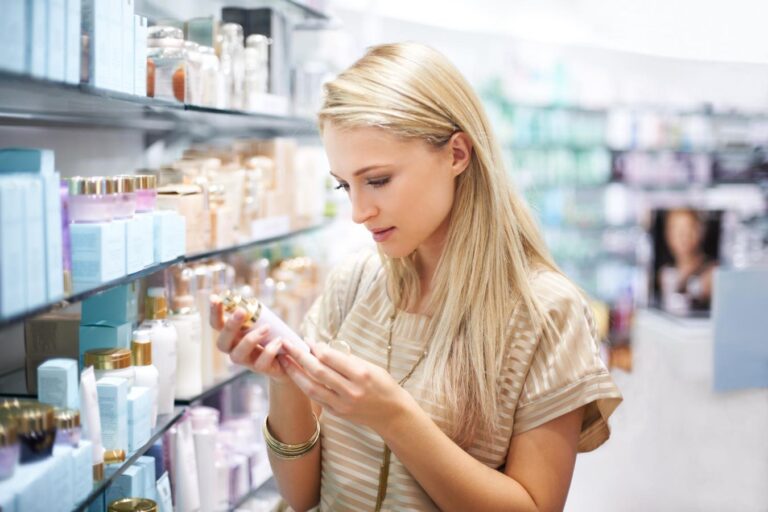Is the industry really giving her what she wants?
Global beauty revenue was $570 billion last year, and the industry grew 9.3% and is predicted to grow 8.4% annually through 2028, according to Euromonitor International.
Numbers like these don’t happen in most industries, especially one as large as beauty, so it’s no surprise that investors looking for growth are willing to pay high valuations even for smaller companies.
The high prices paid to beauty companies continue to attract entrepreneurs to the industry. As a result, they create more and more startups that attract more investors. The cycle continues: consumers want newness, entrepreneurs create startups, and investors invest. This cycle can continue for as long as consumers want what is on offer.
What do consumers want?
For some time now, consumers around the world have been spending more money on skin care than any other part of the beauty industry, and it’s clearly something they’ve always wanted.
The focus on skin care has also encouraged online purchases because, unlike many cosmetics, you don’t need a beauty bar to decide whether to buy or not.
But growth in other subsectors, including color cosmetics, fragrances, deodorants, sunscreen and male grooming, is predicted to be higher than skin care growth through to 2028, according to a Euromonitor presentation at last week’s Beauty Matters Future Fifty event.
When we look more closely at what consumers are interested in, rather than the fastest-growing product categories, we see a shift in focus away from how traditional beauty products are made and sold.
Euromonitor asked consumers about their perceptions of health and wellness, and the majority of consumers said that “being healthy” means being mentally healthy, feeling good, having a healthy immune system, being emotionally healthy, and being free of disease.
A staggering 80% of people said they would be willing to pay more for personalized products based on DNA testing, detailed hair and skin diagnostics, doctor’s approval and medicinal prescriptions. Yet most beauty and health products aren’t marketed that way, leaving many consumers wanting and paying for them without access to them.
The top health concerns for older consumers were menopause and joint/muscle pain, whereas for younger consumers it was stress, anxiety and menstrual pain.
However, when industry respondents were asked about the most significant new product or service launches in the past year, most (over 40%) cited new formulations and sustainable packaging.
Disconnection and opportunity
The beauty industry sells products to consumers to improve their appearance, but in recent years, the marketing focus has shifted to health, wellness and healthy skin, especially with the increased focus on skin care.
Yet consumers’ focus on health and wellness is largely absent from the beauty industry’s focus — and that’s a missed opportunity.
Consumers want real, proven solutions to their medical and emotional problems, yet the industry is focused on new formulations of existing products.
The industry’s approach will likely produce success for some time to come, but it’s a huge missed opportunity.
There are a lot of start-ups using DNA and hair/skin analysis to create deeper, more personalized solutions, and while larger companies are starting to get into the space, younger, smaller companies are focusing more on this area.
The efforts of these companies will likely resonate with consumers because they are addressing health issues that they care about. Big beauty companies can do the same, but they will need to focus on internal health, not just on the surface of the human body.

